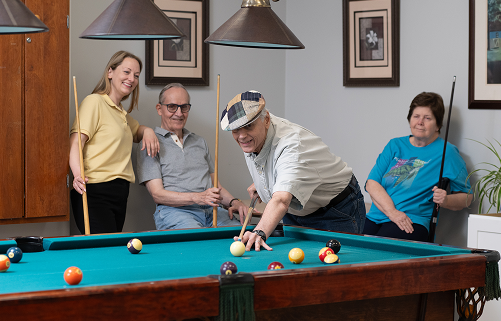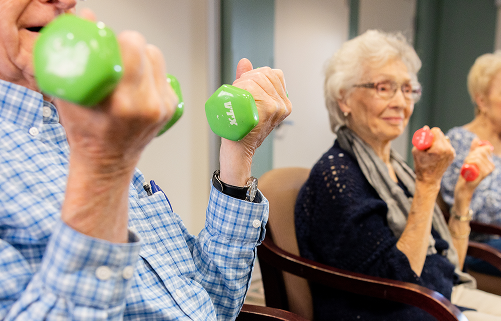
We’re more than a place to live. We are a place to thrive.
Rooted in our mission of compassion, our non-profit communities give you or your loved ones the opportunity to live fully, connect with others, and receive personalized care from a dedicated, compassionate team.
We empower every resident to Live An Abundant Life.
Explore UMC
Each of our New Jersey senior living communities tells its own story. One of connection, belonging, and individualized service. Whether nestled in the quiet of the suburbs or close to a bustling town center, our communities are shaped by the people who call them home.

Bristol Glen
a UMC Community


Collingswood
a UMC Community


Pitman Manor
a UMC Community


The Shores
a UMC Community

Start Your Senior Living Journey Here
Not sure where to start? Take our quick online assessment to better understand what type of care or lifestyle best fits you or your loved one's needs.
Explore Our Services
Whether you’re looking for the independence of a private apartment, the support of daily assistance, or care in your own home—UMC has you covered.

About UMC
Rooted in compassion and guided by rich values, UMC has served New Jersey seniors since 1907. We offer a full spectrum of services designed to meet individuals where they are and help them thrive.
Learn More About Us
Our Foundation
The UMC Foundation helps ensure all residents have access to housing and care, regardless of their financial situation.
Learn More
Be a Part of the Team!
Looking for meaningful work that changes lives? Join our mission-driven team that cares deeply about seniors, families, and each other.
Learn More





